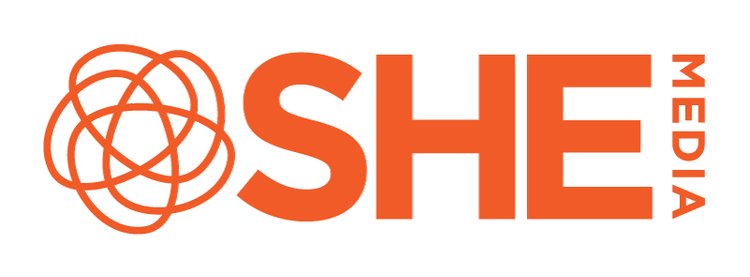What is Low Value Content?
One of the terms that Google has been using frequently is Low Value Content. At first, low value content was originally related to Google's MCM process (What is MCM?), but now low value content also relates to Google's Helpful Content Update.
Google's Helpful Content Update is their recent update to their search ranking algorithms, but also to Core Web Vitals and MCM. Behind it is a shift in how we approach content on the web, fixing an issue that online advertising helped cause - unhelpful content designed to create longer posts.
What is low value content?
While Google won't come out and say exactly what qualifies a site as being Low Value Content, it's all related to whether or not readers will find content valuable. High value content typically means that when someone searches for a term and clicks a search result link that takes them to your site, they're satisfied by what they were looking for and don't need to search any further. Google rewards high value content with better search ranking.
We've found that largely, genres like travel sites and food sites are being labeled LVC (though any site can be labeled Low Value Content). Lists are typically the biggest culprit since curated lists aren’t necessarily unique information or something that might satisfy a reader's answer.
When Google rejects a site in the MCM process for Low Value Content, this is what they tell us:
Your site does not yet meet the criteria of use in the Google publisher network. For more information, review the following resources:
Make sure your site has unique high quality content and a good user experience
Webmaster quality guidelines for thin content
While Google won't give you a list, we can give you things that we've found that sites flagged as LVC have in common. We recommend that you take a look at this to decide how you want to change your upcoming posts or to edit your more recent content (from the past 90 days).
Too many images, not enough text
One of the things we've seen on sites that Google's returned as Low Value Content are articles with a sentence per image/ affiliate link. We find a good ratio of text to image is 300 words per image.
Lists
While it seems to be a popular content type, any list over 10 is probably not going to be high value content. With anything of that length, you'll likely be including short thoughts on whatever the subject is.
Of a special note, since Google has called it out as thin content - if you're doing affiliate link posts, make sure you provide a LOT more detail. Don't share a sentence with a link. You need more information!
Google also doesn't consider roundup posts high value content. They might be valuable to people who return to your site, but if you're doing a weekly roundup of other people's recipes that just link out, it might not index as well as your original content.
Irrelevant Content
Consider clickbait articles. How many times have you clicked into an article, looking for what was promised in the featured image or the title - never to find it in the article? That isn't very helpful, is it?
Or say you're searching for a particular recipe, and have to go through several pages worth of content to get to the actual recipe itself. If you've ever thought that the introduction to a recipe should be its own blog post, that's what they mean. (By all means, please have longer posts- just make sure that the content directly ties into the recipe)
Images that are taller than your viewport
One of the most important things any publisher can do is understand the importance of viewport size. A viewport is the size of a device's screen. You should never post any image that's taller than the average viewport. (Anything taller than 600 pixels runs the risk of being cut off and losing impact)
You should not only resize images prior to uploading but if you're on WordPress, utilize a plugin that will resize the images
Write your own content
AI can be a great tool, but if you aren't heavily editing to make sure it's in your writing style, this can create too many similarities to other people using the same tools. It could hurt your search engine ranking more than help you by cutting down on the time to create new content.
One final note:
These are not guaranteed reasons your site can be labeled Low Value Content - as mentioned, Google can and will change what it deems high value content. But these are all good practices to consider when creating your content.
